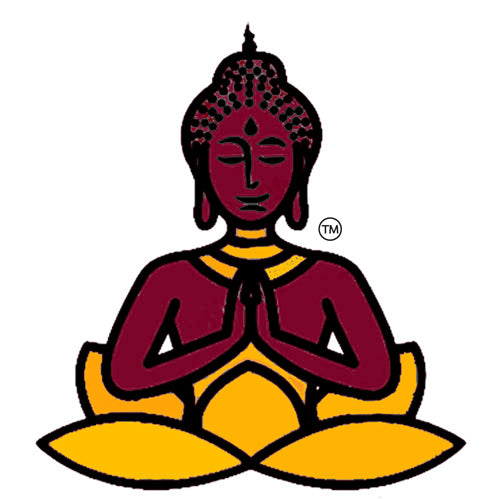Buddhism the Religion
Teilen
Buddhism is one of the world's largest religions. It happened around the 5th century BC. in South Asia. It spread with Gautama Siddhartha and then spread to Asia and the rest of the world over the next few thousand years. Buddhists believe that human life is a cycle of suffering and rebirth, but that one can escape this cycle forever by reaching a state of enlightenment (nirvana). Gautama his Siddhartha was the first person to reach this state of enlightenment and is still called Buddha. Buddhists do not believe in any deities, but there are supernatural beings that help or hinder people on their path to enlightenment. Gautama Siddhartha was born around the 5th century BC on the Nepalese side of what is now the Nepal-India border. prince. When he saw the poor and the dying, he realized that human life involves suffering. He gave up his wealth and spent his days as a poor beggar, meditating and traveling, but was eventually left dissatisfied and chose the so-called 'middle path'. This idea meant that neither extreme asceticism nor extreme wealth were paths to enlightenment, but rather a way of life between those two extremes. Finally, in a state of deep meditation, he attained enlightenment, or nirvana, under the Bodhi tree (the tree of awakening). The site of his enlightenment, the Mahabodhi Temple in Bihar, India, is now a major Buddhist pilgrimage site.
Buddha taught four sublime truths. The first truth is called "Dukkha" and teaches that everyone suffers in some way in life. The second truth is the source of suffering (samdaya). It states that all suffering arises from craving (tanha). The third truth is the cessation of suffering (Nirodha), which states that it is possible to end suffering and attain enlightenment. The fourth truth, The Path to the End of Suffering (Magga), is about the Middle Path, the steps to enlightenment.
Buddhists believe in reincarnation into different bodies. This is related to "karma" which refers to how a person's past or previous life good or bad deeds affect their future.
Buddhism has three main schools:
Mahayana, Theravada, Vajrayana. Mahayana Buddhism is widespread in China, Taiwan, Japan and Korea. It emphasizes the example of Bodhisattvas (beings who have achieved enlightenment but return to teach people). Theravada Buddhism is widespread in Sri Lanka, Cambodia, Thailand, Laos and Burma (Myanmar). It emphasizes a monastic lifestyle and meditation as a path to enlightenment. Vajrayana Buddhism is the major school of Buddhism in the Tibetan region, Nepal, Bhutan, and Mongolia. It offers devotees a faster path to enlightenment than Mahayana or Theravada.
The Dalai Lama, the head of the Tibetan Buddhist school and traditional leader of Tibet, feared for his life and fled from Chinese-ruled Tibet to India in 1959. Many Tibetan Buddhists actively resist Chinese domination of the region. Recently, questions have arisen about whether and where the current Dalai Lama, believed to be the 14th reincarnation of the first Dalai Lama, will be reincarnated.
Buddha taught four sublime truths. The first truth is called "Dukkha" and teaches that everyone suffers in some way in life. The second truth is the source of suffering (samdaya). It states that all suffering arises from craving (tanha). The third truth is the cessation of suffering (Nirodha), which states that it is possible to end suffering and attain enlightenment. The fourth truth, The Path to the End of Suffering (Magga), is about the Middle Path, the steps to enlightenment.
Buddhists believe in reincarnation into different bodies. This is related to "karma" which refers to how a person's past or previous life good or bad deeds affect their future.
Buddhism has three main schools:
Mahayana, Theravada, Vajrayana. Mahayana Buddhism is widespread in China, Taiwan, Japan and Korea. It emphasizes the example of Bodhisattvas (beings who have achieved enlightenment but return to teach people). Theravada Buddhism is widespread in Sri Lanka, Cambodia, Thailand, Laos and Burma (Myanmar). It emphasizes a monastic lifestyle and meditation as a path to enlightenment. Vajrayana Buddhism is the major school of Buddhism in the Tibetan region, Nepal, Bhutan, and Mongolia. It offers devotees a faster path to enlightenment than Mahayana or Theravada.
The Dalai Lama, the head of the Tibetan Buddhist school and traditional leader of Tibet, feared for his life and fled from Chinese-ruled Tibet to India in 1959. Many Tibetan Buddhists actively resist Chinese domination of the region. Recently, questions have arisen about whether and where the current Dalai Lama, believed to be the 14th reincarnation of the first Dalai Lama, will be reincarnated.
